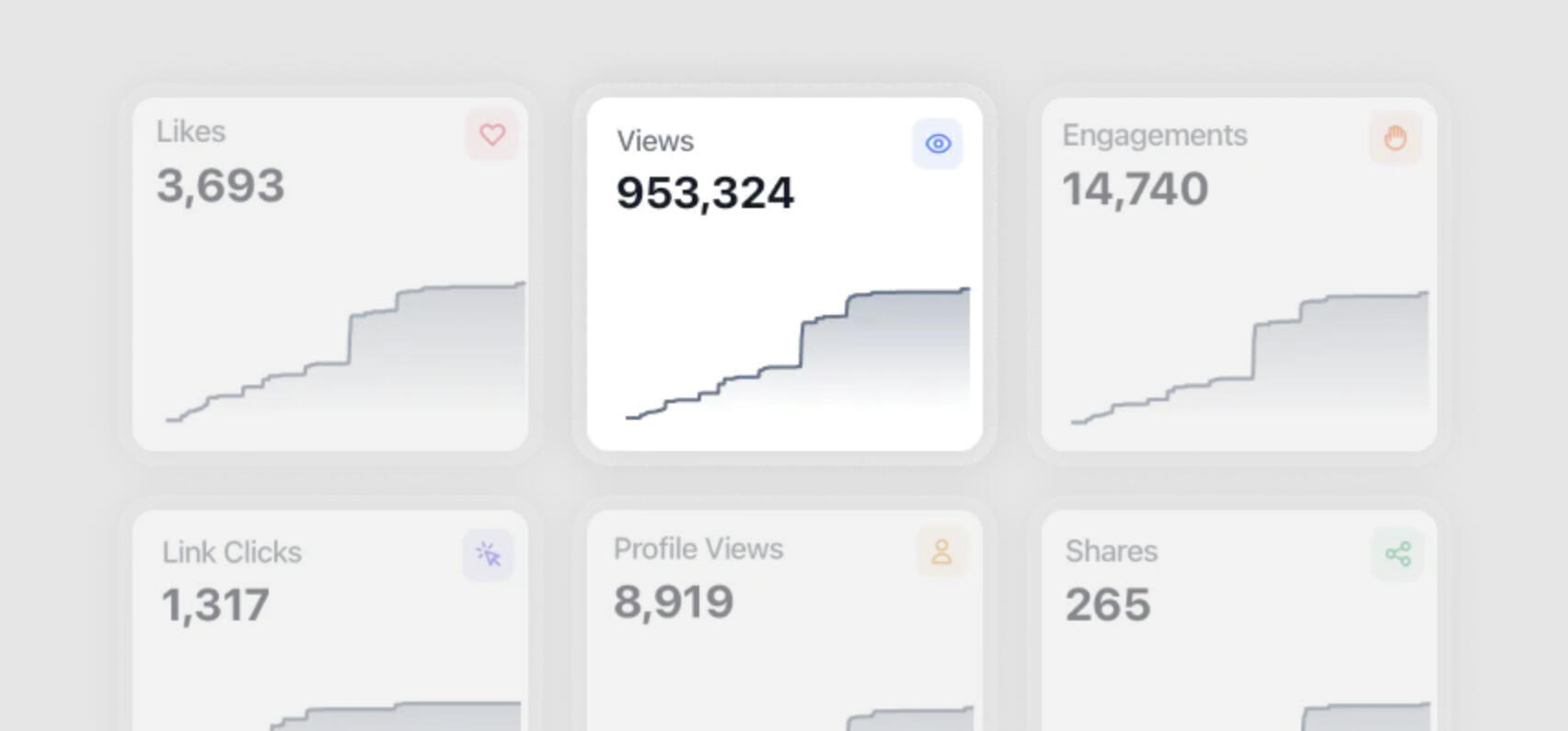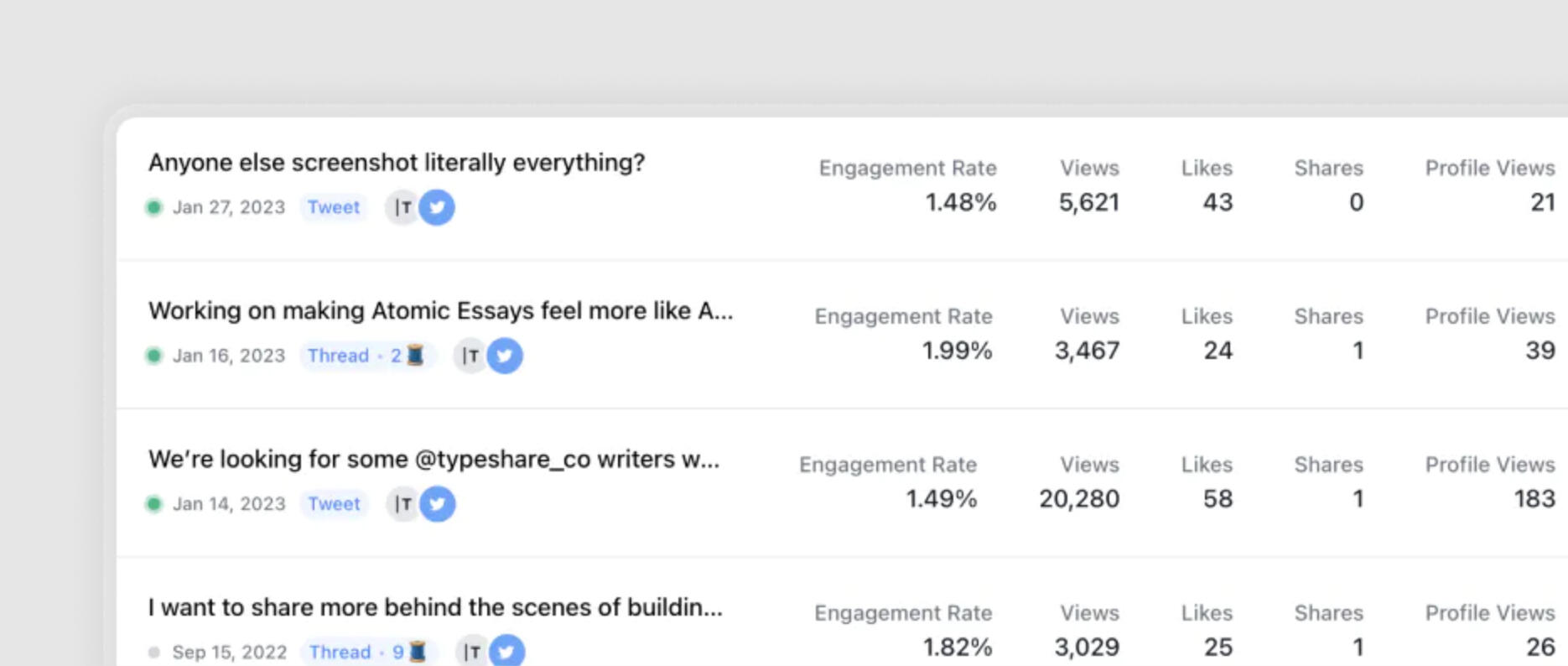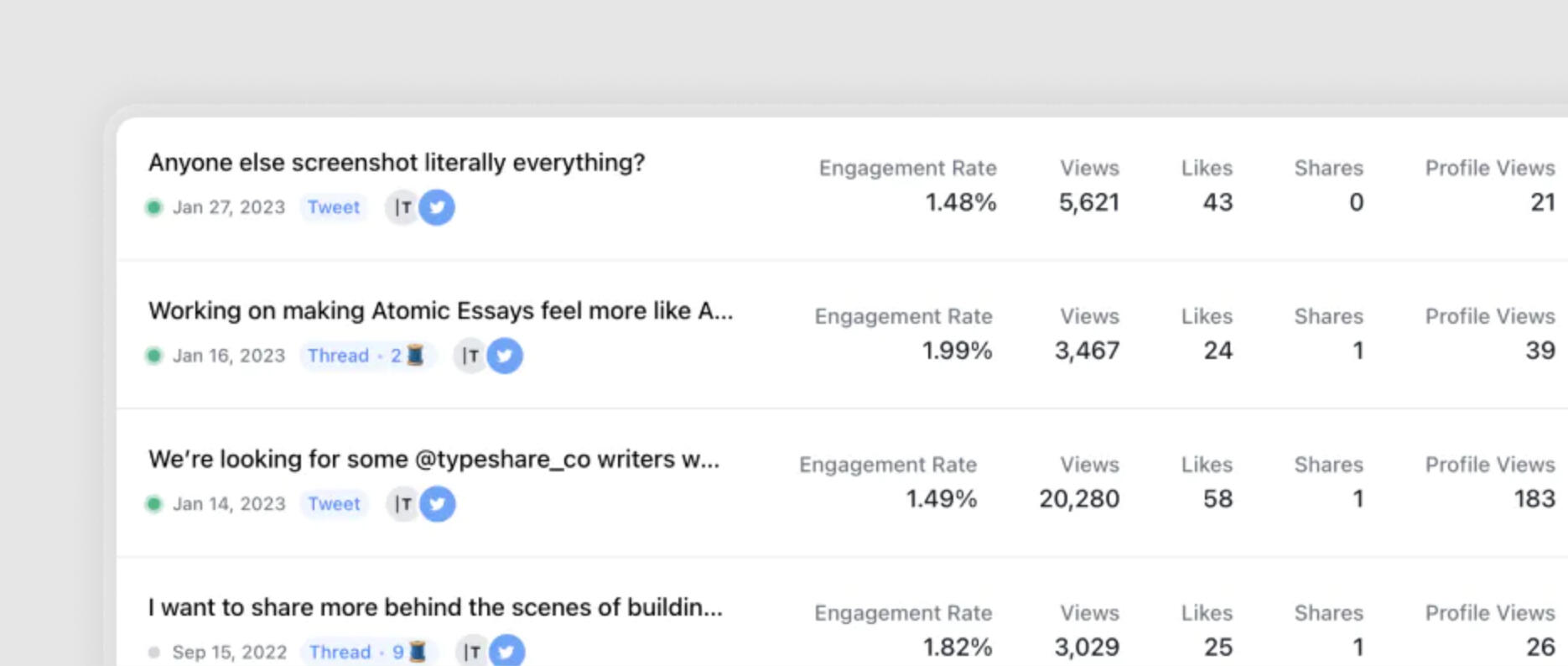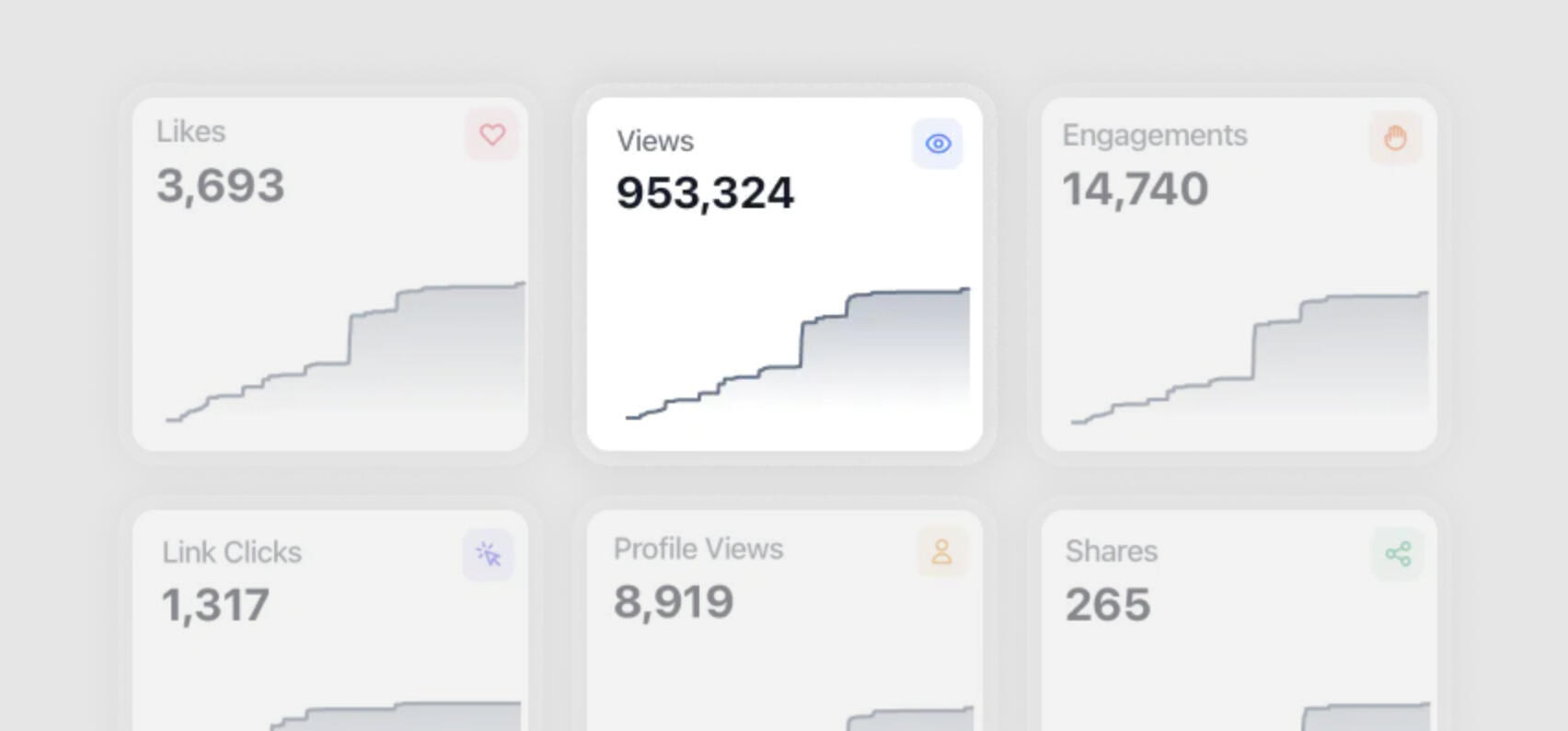Super Fast 🚀 Customer Success Calculators
Tip: refresh the page to clear all cells.
LOGO RETENTION
Logo retention refers to the ability of a business to retain existing customers or clients by renewing contracts or agreements. It measures the percentage of logos or clients that are successfully renewed or retained over a given period, indicating the business's ability to maintain its customer base.
Above 85% is good and 100% is excellent.
GROSS RETENTION RATE
Gross Retention Rate (GRR) is a metric that measures the percentage of customers or revenue retained over a specific period (eg. Q1) and helps assess the overall effectiveness of a business in retaining its customer base or revenue stream.This metric has a maximum of 100% attainment because you are measuring how much revenue remains from the start of a period without accounting for any factors such as expansion, upsells, or additional purchases. Typical analysis for gross retention rate looks at partial and full churn customer scenarios from the specific period.
Above 80% is good and above 90% is excellent.
NET RETENTION RATE
Net Retention Rate (NRR) is a metric that measures the percentage of customers or revenue retained that includes expansion revenue during a specific period (eg. Q1) and it provides insight into how well a business is able to retain their customers and generate recurring revenue from them.This metric can exceed 100%. A high NRR indicates that the business is doing well in retaining its existing customers and generating recurring revenue from them.
Above 100% is good and above 120% is excellent.
QUARTERLY + ANNUAL GROSS RETENTION RATE
Update: commas not currently showing in total columns.
GROSS RETENTION RATE
Gross retention rate is a metric that measures the percentage of customers or revenue retained over a specific period, typically without accounting for any factors such as expansion, upsells, or additional purchases. It helps assess the overall effectiveness of a business in retaining its customer base or revenue stream.
Above 80% is good and above 90% is excellent.
QUARTERLY + ANNUAL
NET RETENTION RATE
Net retention rate is a metric that measures the revenue growth from existing customers by accounting for upgrades, downgrades, and churn. It calculates the percentage of total revenue retained after considering these factors, providing insights into the business's ability to expand and retain its customer base.
What brought you here today?
ANNUAL LOGO RETENTION AND BY QUARTER
Program Overview
|
|
|
|
Timeline
60 days
30 days
+7 days
Assess your current state with a short questionnaire. Book your career meeting with your manager.
Review your data. Build reporting. Own your role. Help your customers be successful. We baseline where you today.
Book your career meeting with your manager. Own your role. Help your customers be successful.
Uncover your product's pitfalls.Tear it down.
📈 Customer feedback . Gather data from Support, PS to understand customer pain.
📅 CS reporting. Schedule your posts to be published at a later time
⚡Daily activities. Capture where you are spending time and the impact on your customers.
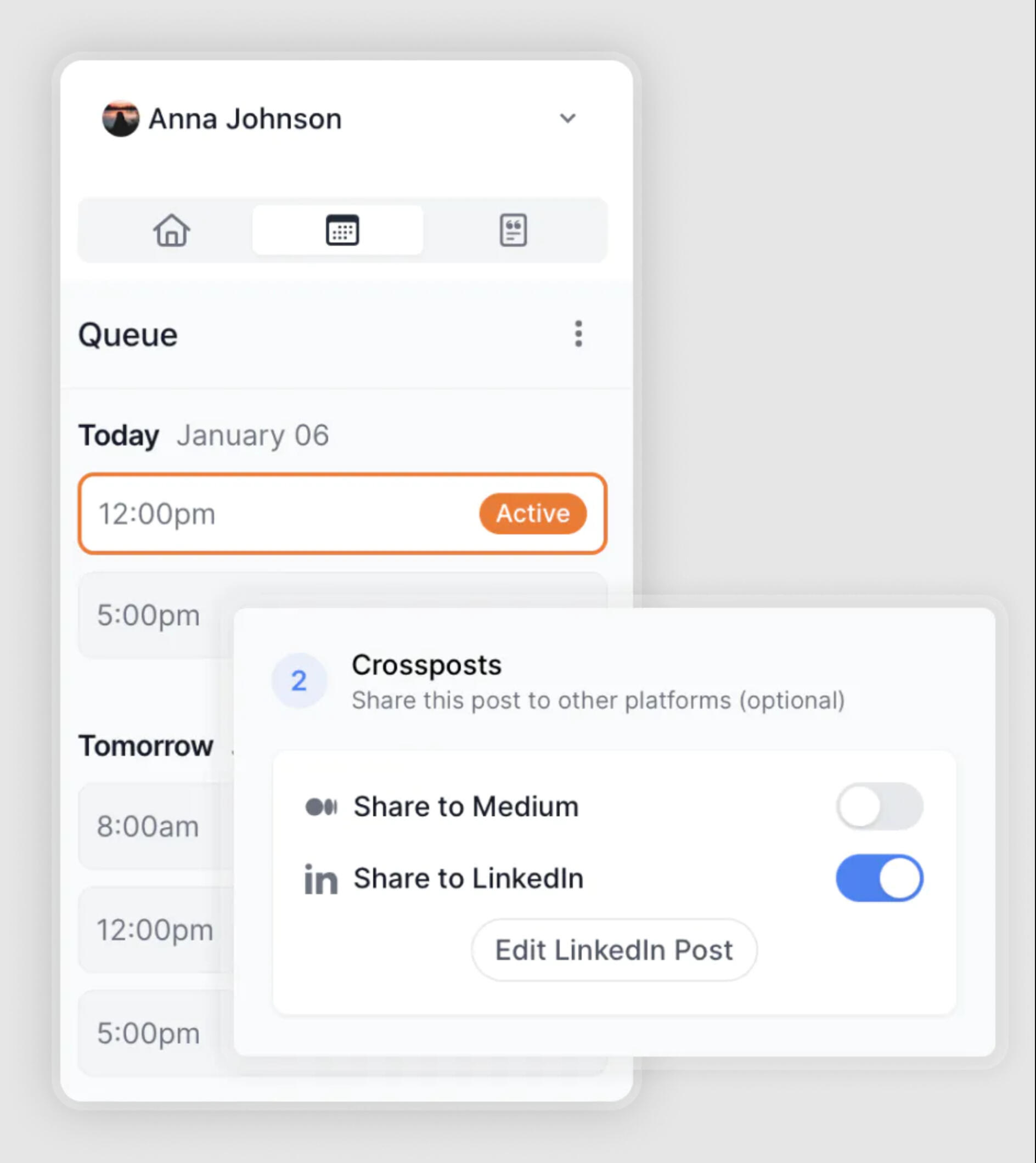
Analytics to help you grow.
Customer Success need to be data-driven. The Product-Led CSM helps you find the type of content your audience enjoys.
Analytics to help you grow.
Frequently Asked Questions
Who, specifically, is this course for?
The Product Led CSM is for customer success managers and leaders of customer success who want a more reliable system for using data informed decisions to manage churn and growth. You will learn the impact of product analytics if you haven't had exposure to the latest tools driving product growth. If you have important customers to manage but struggle to use your time for the highest impact on your portfolio, this course is for you.
Who should NOT buy this course?
If you already have a framework for delivering data informed customer outcomes each day, this course is probably not for you.This course is focused on building your skills in Customer Success using the data the product team needs to make your product thrive. It's a behind-the-scenes look at my personal habits for prioritization, data storytelling, trend analysis, fighting churn and growing accounts. This course is not some "hack" or "trick" course. It's focused on building systems to help customer success professionals with predictability and efficiency.
How long is the course and what format is it in?
The Product Led CSM is roughly 55 minutes long and is a video course with some additional bonus modules that are text-based.
Can you provide a custom invoice?
We provide receipts with the following information only: Date purchased, transaction #, amount paid, payment method, product purchased, and my business address. We don't produce custom invoices for foreign tax purposes.
Top 10 Product-Led Questions To Ask At Your Next Interview
1. What is your retention rate?
Holy grail of the CSM role. How well are you serving your customers and do the customers return / repeat buy your product. Best in class retention rates are approximately 90%+.If you want to go deeper on the topic to include expansion you can ask about NDR or Next Dollar Retention. NDR is a crucial and foundational metric for a growing SaaS business with 120%+ marking best in class rates. Ultimately this means that the business is growing and retaining customers at a high rate. These are rare so count yourself lucky if you work for an organization today achieving 120%+ NDR.Listening for... how are things going this quarter, year, last few years with specific retention rates (eg. 78%, 85%, 92%). You want to understand the trend (up/down).Follow up question: How has the product hurt or helped this metric in the past 12 months? This question flows nicely into the next question.
2. What product features from last year did you release that customer’s absolutely love?
This is a game changer for a manager and a CSM. For a CSM you will want to know what you can show off to your customers that really solves their pain so that you can show value and continue to develop a relationship with your customer.
3. What product feature would you deprecate if you were made CPO for the day?
Listening for...
a) how attached/invested the person you are interviewing with is to the product / customer experience and
b) the structure of decisioning at the organization. The latter is about how they first respond to the exercise in holding the power over the product and how this is a keen reflection of how the organization makes decisions about the product roadmap (eg. HIPPO or customer obsessed).
4. What is your customer's #1 complaint about your product?
What type of problems are you going to be dealing with and how much of a frustration are these problems with customers?Follow up question: Does the solution require engineering to solve? or how many customer problems require engineering to solve? Engineering is awesome though, they have a core job and it tends not to be fixing the product. You will want to understand the turnaround time for engineering to get involved. The more engineering has to be involved the worse the customer experience because delays are built in to the process. There will always be a product push, an end of quarter need to hit a milestone and that means that you may have to hold on to a steaming bag of problem for weeks or months without a customer solution.
5. What is your support SLA?
SLA or service level agreement is the #1 metric for Support organizations in SaaS businesses. Best in class.
6. What is your product's North Star metric?
A north star metric helps to drive your company's growth by highlighting a number that best demonstrates how your product is delivering value to customers.Listening for... Revenue is a lagging indicator of success and not a fit for customer value and how an organization can rally around a single metric - plus it is is terribly demotivating to only work for a revenue goal.How is the organization rallying around delivering customer outcomes? There is a maturity curve to having a North Star metric and frankly, there's a lot of organizations operating without this metric. As a product-led CSM it's important you are aware of this topic...
More...
- what is the support experience like?
- SLA %?
- what do customers say?
- What is your growth rate?
- What’s on the product roadmap?
- What determines the work that product and engineering teams work on?
- a lack of product growth means little excitement or career opportunity growth for csms. how can your business expect to thrive if its not changing to reflect the needs of your customers
